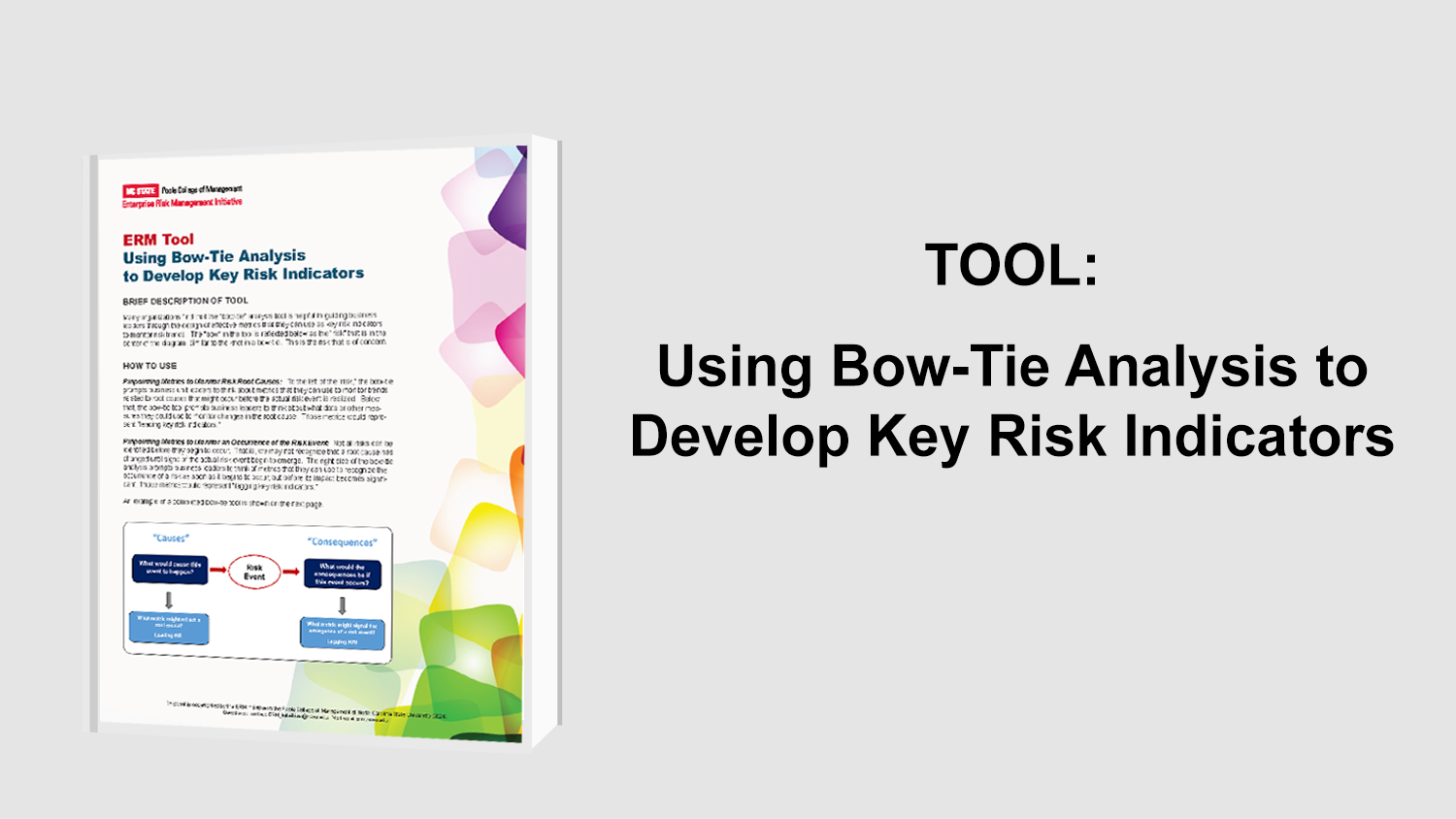The Three Types of War Gaming
Why War Gaming?
This article “Battle-Test Your Innovation Strategy” by Maria M. Capozzi, John Horn, and Ari Kellen, McKinsley & Company, discusses various methods for applying war gaming principles to improve risk identification efforts. It is common among companies developing and launching new products to fail to anticipate their competitors’ motivations and actions. This failure may lead to disappointments that are innovation-related because they will not perform as well because the competition was overlooked. This article published by McKinsey Quarterly, suggests that the tendency to overlook the competition is deeply ingrained behavior as it is one of the natural human biases that subconsciously affect strategic decision making. The use of war games will help remove this bias from decision making while focusing on three different types of decision making which are individual products, portfolio earnings, and market-entry strategies. These war games will be focused on medium-term innovations which are expected within the next one to three years. This is because this time frame has the highest chance of changing the outcome based on adjusting its approach while accounting for the competition.
Individual Product War Gaming
This section of the article follows a consumer-electronics company as it attempts to decide the features and components of the latest version of one its more important products. The new technology involved means the next installation of the product would influence the following few installations of the product as well. To observe how the product will do if the competitive landscape were to change the company conducted an in-depth war game. The war game lasted three days and represented the next three holiday seasons. The opposing teams acting as competitors within the game revealed new components and technology that the competitor may use in its own upgrade. In order, to ensure the players act realistically within the game, the company undergoes rigorous preparation. Based on this the rationale used by the competitors was likely and the changes would require a swift response from the company. The company used this information to identify the best moves to make in response to the findings. As a result, when the actual competitor made the same decisions as predicted using the war game, the company was ready and produced a superior product based on consumer needs and went on to out sell the competition for three consecutive holiday seasons.
Portfolio War Gaming
Other than assisting in individual product development, war gaming can also assist in developing and deploying a company’s product portfolio more strategically across geographies and customer groups. This type of war game will aid a company in improving B2B business. This section focuses on a high-tech company that sells TVs to different hotel chains across the price spectrum. The issues arose when competition grew broadly, and new competitors continued to appear. To see the impacts this would have on the portfolio the company operated a series of war games, and the threat was larger than expected. Through these scenarios executives realized that if it were to maintain its current pricing policy it would result in an enormous profit squeeze. In response, executives decided to ignore certain market segments and target only midscale hotels moving forward. The company will have a greater chance of success in this segment as it is growing, which will allow the company to differentiate its products and services which will create more value for the customers as well.
Market Entry War Gaming
The market entry war gaming strategy gives executives the opportunity to test and refine its launch strategies to help in ensure that the product or service being introduced will be successful in the market. This section focuses on a financial-services firm that wanted to determine which of its new services had the highest potential to reach global scale sooner than others and therefore should be fast tracked. The company showed bias towards a technological service that it believed would catch the competition off guard and would lead to capturing additional revenue from business customers. To test these beliefs the company engaged in war games with teams who were unaware of the service. To the surprise of the executives the unaware members of the other teams reacted swiftly in developing their own version of the service and some appeared to be superior to that of the company’s. As a result, management concluded they could not go to market with the service as it could be easily imitated and made better by competitors. However, the company’s developers began using the underlying technology to create entry barriers that could delay competitive response by up to a year. This shows how the market entry war game can be useful in refining the strategy so that new products and services will obtain the desired success.
Summary
In summary, overlooking the competition when developing and launching new products or services has become prevalent due to natural human biases that subconsciously affect strategic decision-making strategies. To mitigate the effects of bias companies, use different tools and processes. A major tool being implemented into innovation strategies to “debias” decisions is war gaming. War gaming simulates the thoughts, plans, and actions of competitors which allows companies to improve their services and product, while gaining an understanding of how they compare to their rivals. The focus of war gaming in this article is on three types of innovation decisions which are individual products, portfolio and market entry decisions. Through each of these sections there will be an example of a company implementing a war gaming strategy that will prepare them for how their competitors will respond to their new services and products being introduced.
Original Article Source: “Battle-test Your Innovation Strategy”, Maria M. Capozzi, John Horn, and Ari Kellen, McKinsley & Company, December 2012
- Categories:
- Types:


